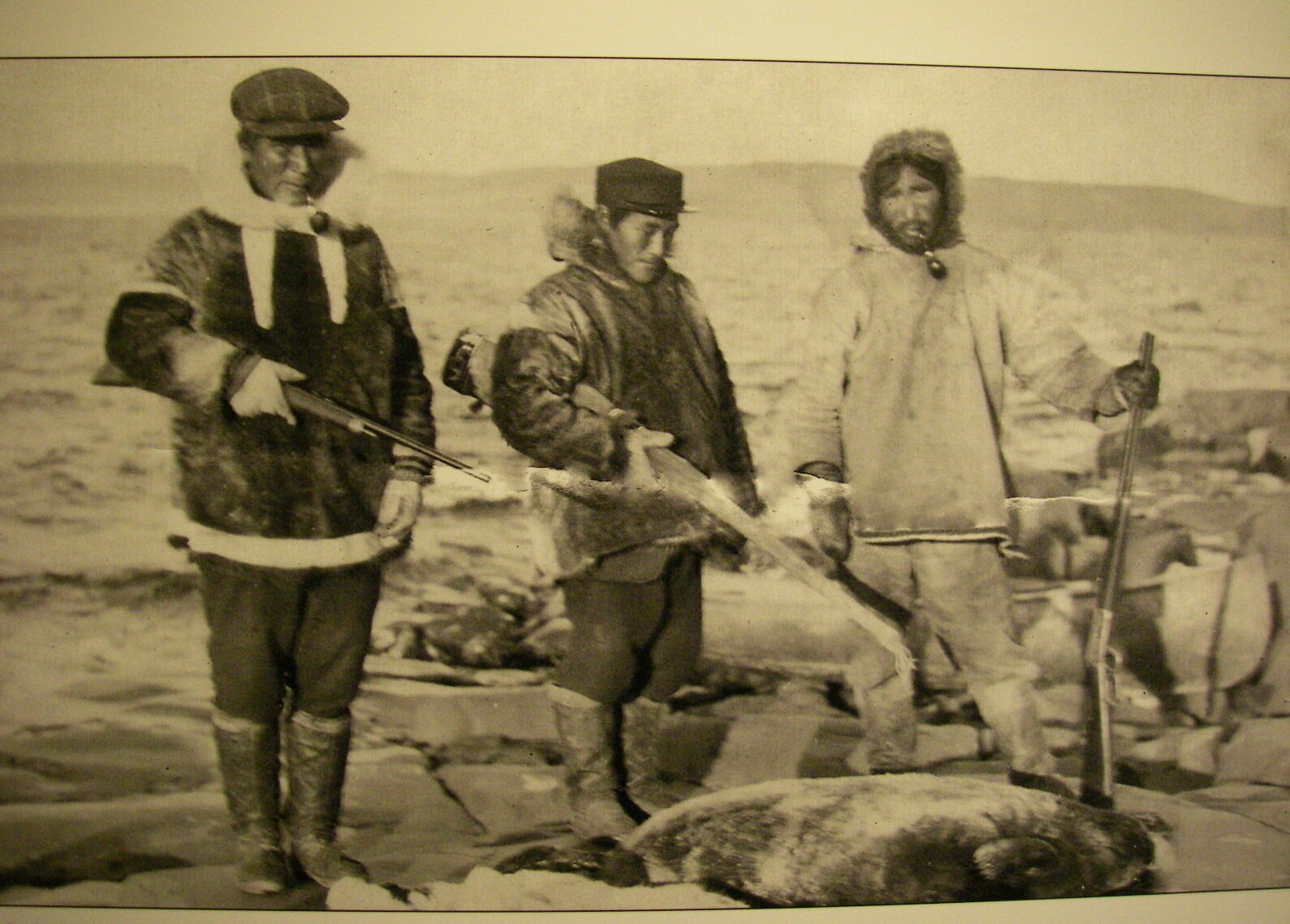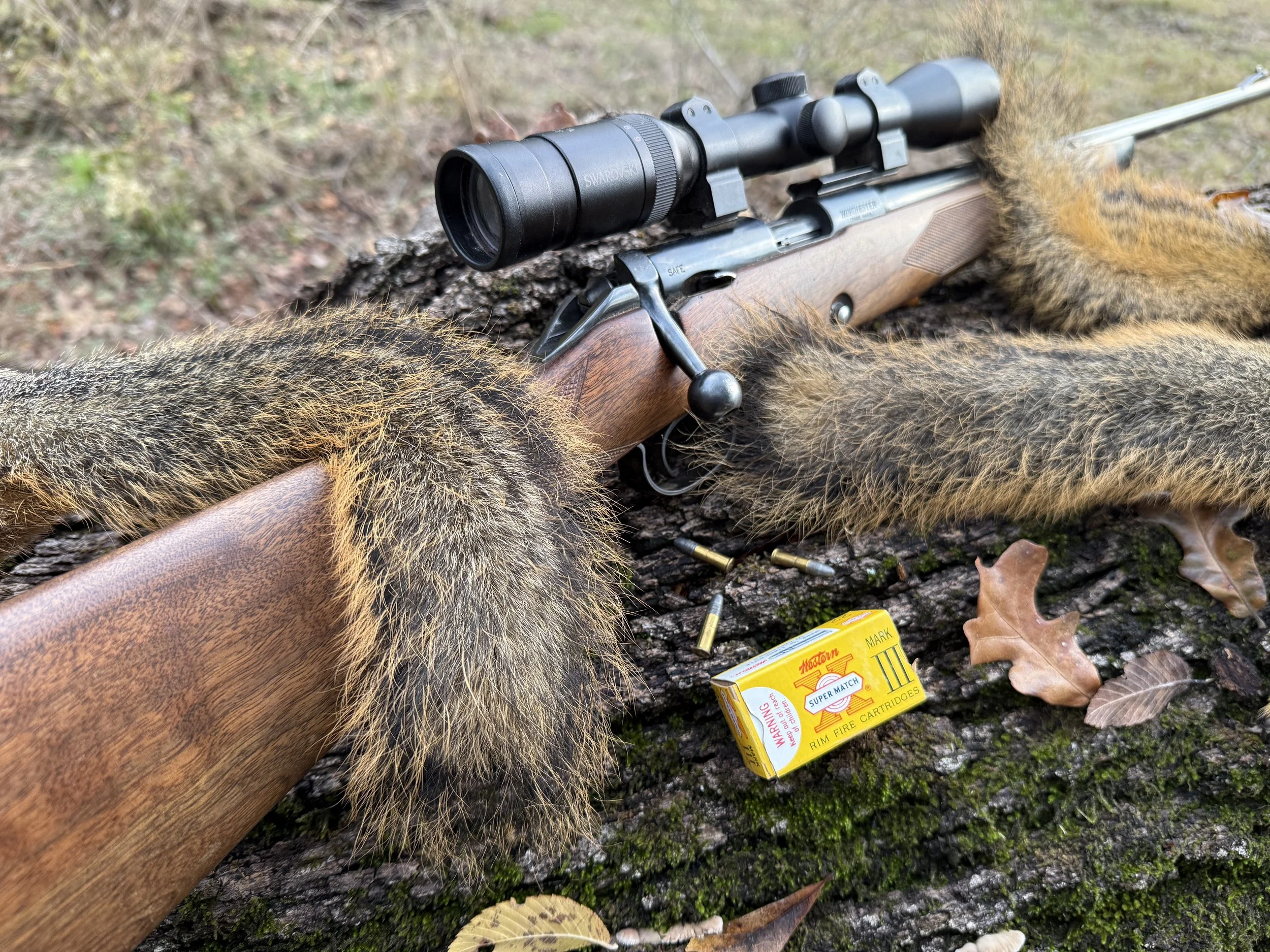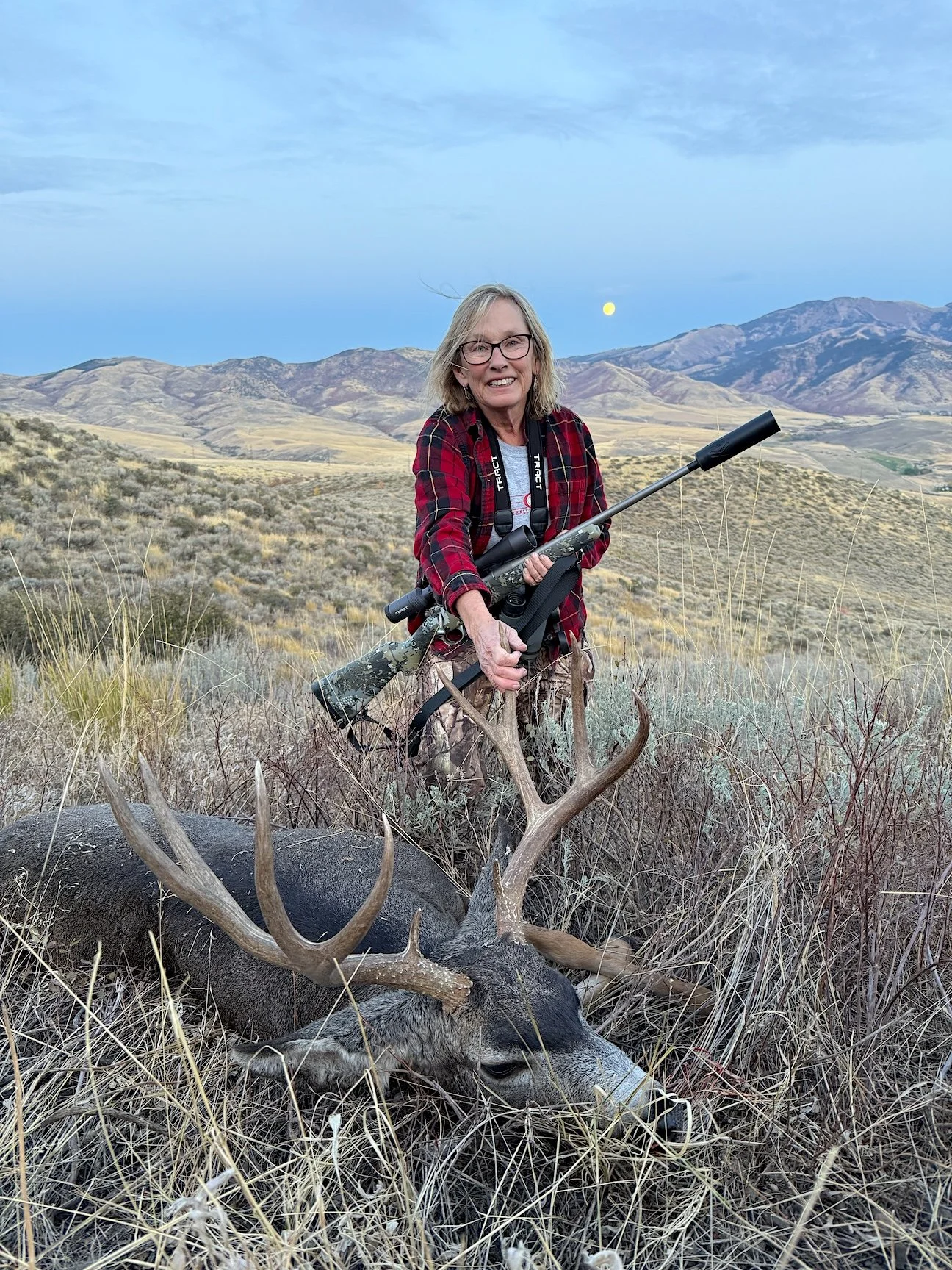Our Hunter/Conservationist Heritage
In our age of green environmentalism, no program, private or government, has saved as many animals, preserved as much habitat or perpetuated as much overall environmental goodness as the North American Wildlife Conservation Model. And hunters have been an integral part of it.
Today's newly baptized, empathetic "environmentalists" snort, curse or sneer when they hear this, but it's true. In the mid-19th century, pioneering "sport hunters" began sounding the alarm as populations of native game from passenger pigeons to whitetails dwindled rapidly under intense exploitation and unregulated commercial harvest. It was a classic example of the tragedy of the commons. Since everyone owned natural resources collectively, human greed inspired many to take more than their fair share. Equally significant was rampant destruction of pristine wildlife habitat.
By the early 20th century much of our native grasslands had been plowed into history. Thousands of wetlands were being drained and rivers polluted. Several North American species had gone extinct (Carolina parakeet, Great Auk, Heath Hen, Sea Mink) and many more were expected to follow including bison, elk, turkeys, giant Canada geese, beaver and wood ducks, to name just a few. Yet today wood ducks are the most abundant duck in the eastern half of the country. Canada geese are pests in parks around the country. Turkeys strut across 49 states. Elk thrive throughout the West and in many eastern states. As many whitetail deer roam the country now as when Columbus landed despite annual hunting seasons in which "sport hunters" stalk, shoot and eat about two million of them.
NAWCM is our heritage and our responsibility. Thanks to the men and women hunter/conservationists who plowed, seeded and nurtured this innovative system of wildlife and wildlands management, we enjoy the wildlife viewing, photography and hunting we have today. It is our responsibility to continue this work. But we can do more than just buy our licenses. We should stay abreast of wildlife issues, keep tabs on our state Fish & Game departments, confront the inaccurate claims of anti-hunting extremists and beware politicians trying to steal our conservation funding, the vast majority of which we – not the general public – "donated" for wildlife management.
Working with government wildlife agencies are dozens of private conservation organizations that push for political solutions and raise millions of dollars to directly support wildlife. These groups, funded almost solely by hunter donations and sweat equity include Ducks Unlimited, Rocky Mountain Elk Foundation, Pheasants Forever, National Wild Turkey Federation, Safari Club International, Mule Deer Foundation, Wild Sheep Foundation and many more. Blaming regulated sport hunting for endangering wildlife is not only inaccurate, but ineffective. It clouds the real issues endangering wildlife.
Check the list of North American extinct species and you'll find mostly tiny rodents, songbirds and insects, not game species. The same applies to endangered species. Of 85 mammal species/sub-species listed, 30 are obscure voles, mice, rats and shrews. Nine are bats and eight are whales. Four are subspecies of kit foxes living on islands. The few "game" species on the list are endangered only locally or as isolated subspecies. Virtually all are in trouble due to loss of habitat, i.e. Florida's key deer, Louisiana black bears, Sonoran pronghorns in the desert of SW Arizona, etc. As for commonly, annually hunted mule deer, whitetails, elk, moose, pronghorns, coyotes, raccoons and the like, populations are thriving -- because hunters care, hunters work and hunters pay to perpetuate wildlife through the NAWCM. Scientific wildlife management works.






